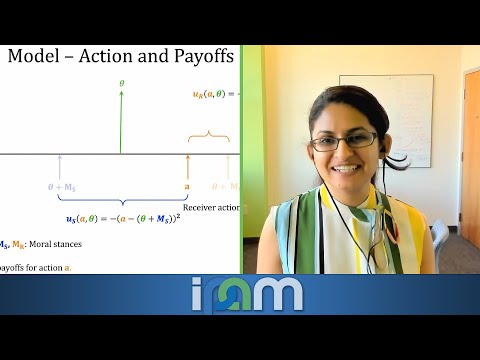Description:
Explore a 28-minute conference talk on learning and persuasion through anecdotal evidence, presented by Nika Haghtalab at IPAM's Mathematics of Collective Intelligence Workshop. Delve into a model of communication between two agents using hard anecdotal evidence, examining rational behaviors in equilibrium and the temptation for senders to provide biased information. Gain insights into human communication, polarization, and biased beliefs. Investigate topics such as generalization vs. communication, strategic behavior in journalism, equilibrium characterization, and the implications for receivers. Discover how homophily can arise from rational strategic behavior and explore the connections between strategic communication in economics and machine learning.

Learning and Persuading with Anecdotes - IPAM at UCLA
Add to list
#Computer Science
#Artificial Intelligence
#Collective Intelligence
#Social Sciences
#Economics
#Machine Learning
#Humanities
#Journalism